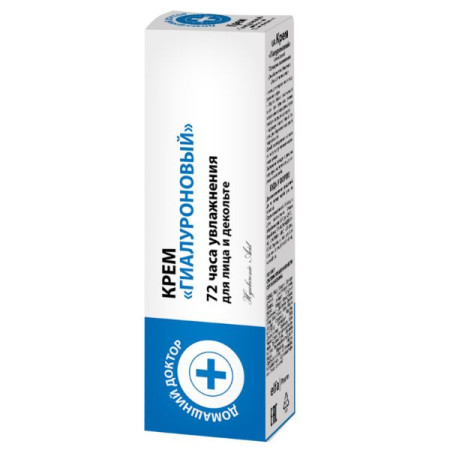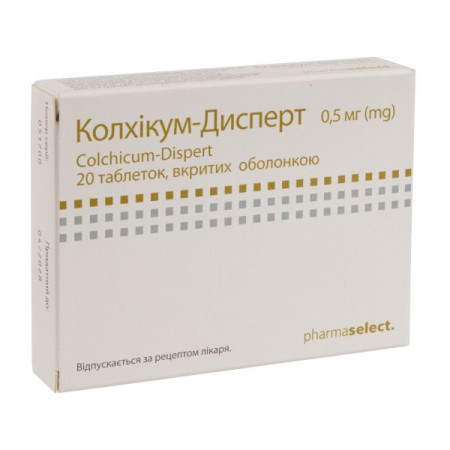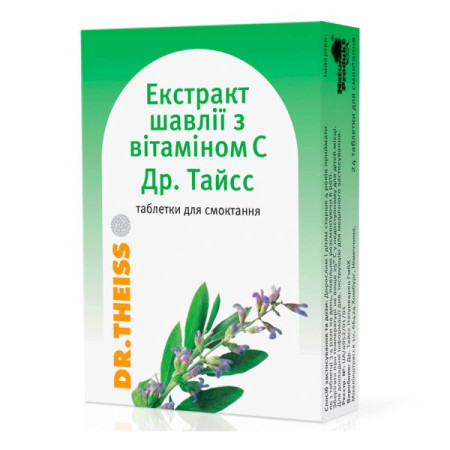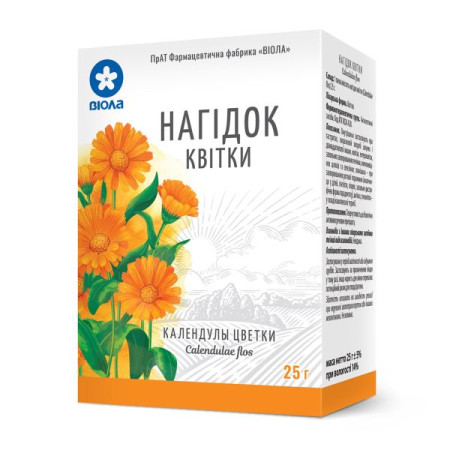Panadol Baby oral suspension 120 mg/5 ml bottle 100 ml

Instructions Panadol Baby oral suspension 120 mg/5 ml bottle 100 ml
Composition
active ingredient: paracetamol;
5 ml of suspension contain 120 mg of paracetamol;
excipients: xanthan gum, liquid maltitol, strawberry flavoring, non-crystallizing sorbitol solution, methylparaben, propylparaben, disodium edetate, anhydrous citric acid, trisodium citrate dihydrate, glycerin, sucralose, purified water.
Dosage form
Oral suspension.
Main physicochemical properties: opaque or translucent, white to brownish suspension.
Pharmacotherapeutic group
Analgesics and antipyretics. Anilides. Paracetamol.
ATX code N02B E01.
Pharmacological properties
Pharmacodynamics
The drug contains paracetamol, an analgesic and antipyretic (pain reliever and antipyretic). The effect is based on the inhibition of prostaglandin synthesis in the CNS.
Pharmacokinetics
Paracetamol is rapidly and almost completely absorbed from the gastrointestinal tract and distributed to most body tissues. Binding of paracetamol to plasma proteins is minimal when administered in therapeutic concentrations.
Paracetamol is metabolized mainly in the liver and excreted in the urine as metabolites. The mean plasma half-life of paracetamol after oral administration is approximately 2.3 hours.
Indication
Teething pain, toothache, sore throat, fever from colds, flu, and childhood infections such as chickenpox, whooping cough, measles, and mumps (mumps).
The drug is also recommended for the treatment of post-vaccination hyperthermia in infants aged 3 months and older.
Contraindication
Hypersensitivity to the components of the drug, severe liver and/or kidney dysfunction, congenital hyperbilirubinemia, glucose-6-phosphate dehydrogenase deficiency, alcoholism, blood diseases, Gilbert's syndrome, severe anemia, leukopenia. Children's age up to 3 months.
Interaction with other medicinal products and other types of interactions
The rate of absorption of paracetamol may be increased by metoclopramide and domperidone and decreased by cholestyramine. The anticoagulant effect of warfarin and other coumarins with an increased risk of bleeding may be enhanced by concomitant long-term use of paracetamol. Intermittent administration has no significant effect. Barbiturates reduce the antipyretic effect of paracetamol.
Anticonvulsants (including phenytoin, barbiturates, carbamazepine), which stimulate the activity of liver microsomal enzymes, may enhance the toxic effect of paracetamol on the liver due to an increase in the degree of conversion of the drug to hepatotoxic metabolites. With the simultaneous use of paracetamol with hepatotoxic drugs, the toxic effect of the drugs on the liver increases. The simultaneous use of high doses of paracetamol with isoniazid increases the risk of developing hepatotoxic syndrome.
Paracetamol reduces the effectiveness of diuretics. Do not use simultaneously with alcohol.
High concentrations of paracetamol may affect laboratory results of blood glucose determination using the oxidase-peroxidase method and uric acid determination using the phosphotungstic acid method.
Application features
Contains paracetamol. Do not use with any other paracetamol-containing medicines used, for example, to reduce fever, treat pain, symptoms of flu and colds, and insomnia. Concomitant use with other paracetamol-containing medicines may lead to overdose. Paracetamol overdose may cause liver failure, which may require a liver transplant or be fatal.
If you have liver or kidney disease or low glutathione levels, you should consult a doctor before using the drug.
It should be noted that patients with liver disease are at increased risk of hepatotoxicity from paracetamol. Treatment should be discontinued if acute viral hepatitis is detected.
Liver dysfunction/hepatic failure has been reported in patients with reduced glutathione levels, such as those with severe wasting, anorexia, low body mass index, chronic alcoholism, or sepsis.
Patients with reduced glutathione levels are at increased risk of metabolic acidosis when taking paracetamol. Symptoms of metabolic acidosis include deep, rapid or labored breathing, nausea, vomiting, and loss of appetite. You should seek immediate medical attention if these symptoms occur.
If symptoms do not disappear or worsen after 3 days of taking the medicine, you should consult a doctor.
If the renal filtration rate is below 10 ml/min, the interval between taking the drug is increased to 8 hours.
The product contains maltitol (E 965) and sorbitol solution (E 420). Each 5 ml of suspension contains 666.5 mg of sorbitol. Patients with rare hereditary forms of fructose intolerance should not take this medicine. Patients with an intolerance to some sugars should contact their doctor before taking this medicine.
The drug contains methylparaben, propylparaben, disodium edetate, trisodium citrate dihydrate, which may cause allergic reactions (including delayed ones).
Keep the drug out of the sight and reach of children.
Use during pregnancy or breastfeeding
The drug is intended for use in children.
Ability to influence reaction speed when driving vehicles or other mechanisms
The drug is intended for use in children.
No effect on the reaction rate when operating machines or other mechanisms is expected.
Method of administration and doses
The drug is intended for oral administration.
The bottle must be shaken before use. The dosing device is located inside the package.
Do not exceed the recommended dose. It is necessary to use the lowest dose of the drug necessary to obtain a therapeutic effect. The interval between doses should be at least 4 hours.
To alleviate the reaction after vaccination. Children aged 3 months to 12 years: a single dose of paracetamol is 10–15 mg/kg body weight, the maximum daily dose is 60 mg/kg body weight. If a second dose is necessary, it can be administered no earlier than 4 hours later. If the fever persists after the second dose, you should consult a doctor.
In other cases, with pain and fever. Children aged 3 months to 12 years: a single dose of paracetamol is 10–15 mg/kg of body weight. If a second dose is necessary, it can be used no earlier than 4 hours later, the maximum daily dose is 60 mg/kg of body weight. Do not take more than 4 doses within 24 hours. The maximum period of use without consulting a doctor is 3 days.
The approximate dosage of the drug depending on the child's body weight and age is given in the table below, but in any case, you need to make sure that the dosage does not exceed 10–15 mg of paracetamol per kilogram of the child's body weight.
| Body weight, kg | Age | Single dosage, ml |
| 6–8 | 3–6 months | 3.5–4 |
| 8–10 | 6–12 months | 4.5–5 |
| 10–13 | 1–2 years | 6–6.5 |
| 13–15 | 2–3 years | 7–8 |
| 15–21 | 3–6 years | 9–10 |
| 21–29 | 6–9 years | 13–14 |
| 29–42 | 9–12 years old | 18–19 |
If your child has kidney or liver problems, you should consult a doctor before using this medicine. This is due to the presence of paracetamol in the medicine.
Using a syringe
1. Push the plunger all the way down to close the syringe, then insert it tightly into the neck of the bottle.
2. Turn the bottle upside down and carefully draw the correct dose for your child. The required dose is determined by the point where the widest sides of the plunger intersect with the correct “ml” (which corresponds to the number of milliliters) marking on the syringe barrel.
3. Turn the bottle vertically and, while carefully twisting the syringe, remove it.
After use:
1. Rinse the syringe;
2. Wipe the neck of the bottle;
3. To close the lid tightly, press and twist it, then turn it back until you hear a click sound.
Children
Do not use the drug in children under 3 months of age. It is recommended for use in children aged 3 months to 12 years.
Overdose
Paracetamol overdose can cause liver failure, which may require liver transplantation or be fatal. Experience shows that clinical signs of liver damage following paracetamol overdose usually appear 24–48 hours after the overdose and reach a maximum after 4–6 days.
In case of overdose, urgent medical attention is required. Treatment should be started immediately and the patient should be taken to hospital, even if there are no early symptoms of overdose.
Symptoms of overdose in the first 24 hours: pallor, nausea, vomiting, loss of appetite and abdominal pain. Glucose metabolism disorders and metabolic acidosis may occur. In severe poisoning, hepatic failure may progress to encephalopathy, hemorrhage, hypoglycemia, coma and be fatal. Acute renal failure with acute tubular necrosis may manifest as severe lumbar pain, hematuria, proteinuria and develop even in the absence of severe liver damage. Cardiac arrhythmia and acute pancreatitis have also been reported, usually accompanied by liver function abnormalities and hepatotoxicity.
Symptoms may be limited to nausea and vomiting or may not reflect the severity of the overdose or the risk of organ damage.
In case of overdose, immediate medical attention is required. Treatment of overdose or even suspected overdose should be initiated immediately, for which the patient should be taken to hospital, even if there are no early symptoms of overdose, as liver damage may not develop immediately. Treatment with N-acetylcysteine or methionine should be considered.
Adverse reactions
Adverse reactions to paracetamol are rare. Adverse reactions from extensive post-marketing experience, which are considered to be caused by paracetamol, are listed below, with the relevant system organ class and frequency.
Blood and lymphatic system disorders (rare: < 1/10,000): thrombocytopenia.
Immune system disorders: (rare: < 1/10,000): anaphylaxis, hypersensitivity skin reactions including skin rash, angioedema, Stevens-Johnson syndrome and toxic epidermal necrolysis.
Respiratory, thoracic and mediastinal disorders (rare: < 1/10,000): bronchospasm in patients sensitive to acetylsalicylic acid and other non-steroidal anti-inflammatory drugs.
Hepatobiliary system (rare: < 1/10,000): liver dysfunction.
Also for drugs containing paracetamol, the following adverse reactions are known: skin itching, exudative erythema multiforme, nausea, epigastric pain, hypoglycemia, up to hypoglycemic coma, agranulocytosis, anemia, sulfhemoglobinemia and methemoglobinemia (cyanosis, shortness of breath, heart pain), hemolytic anemia, bruising or bleeding, increased activity of liver enzymes, usually without the development of jaundice, angioedema, urticaria, decreased blood pressure, renal colic, hepatonecrosis.
Expiration date
3 years. After first opening, use before the expiration date.
Storage conditions
Store below 30°C, out of the reach and sight of children. Do not freeze.
Packaging
100 ml in a bottle; 1 bottle and a measuring device in the form of a syringe in a cardboard box with labeling in Ukrainian and English.
Vacation category
Without a prescription.
Producer
Khaleon KH S.a.r.l. / Haleon CH Sarl
Location of the manufacturer and address of its place of business
Route de l'Etraz 2, Nyon, 1260, Switzerland
There are no reviews for this product.
There are no reviews for this product, be the first to leave your review.
No questions about this product, be the first and ask your question.













